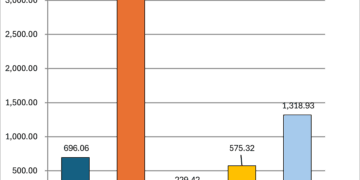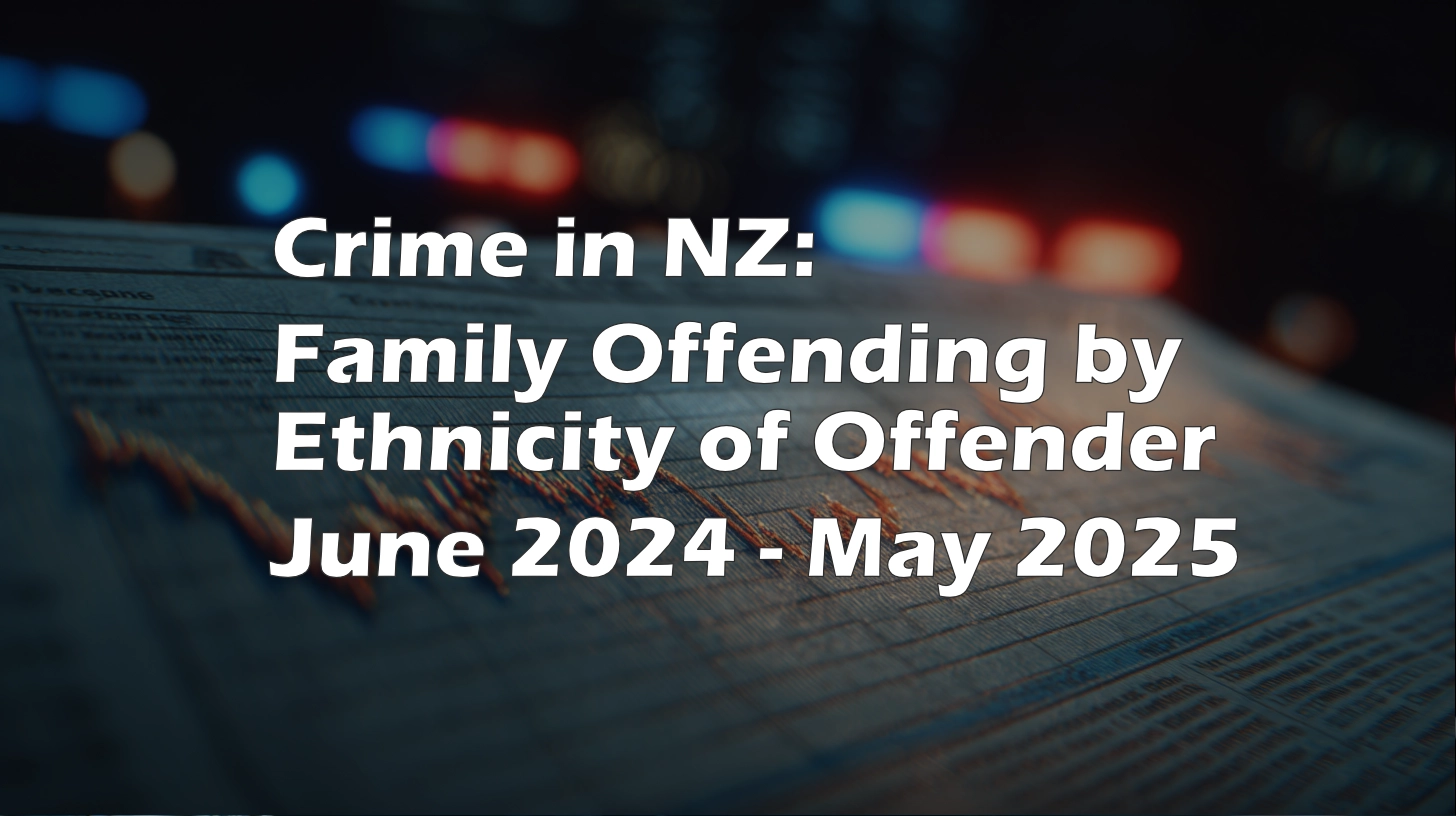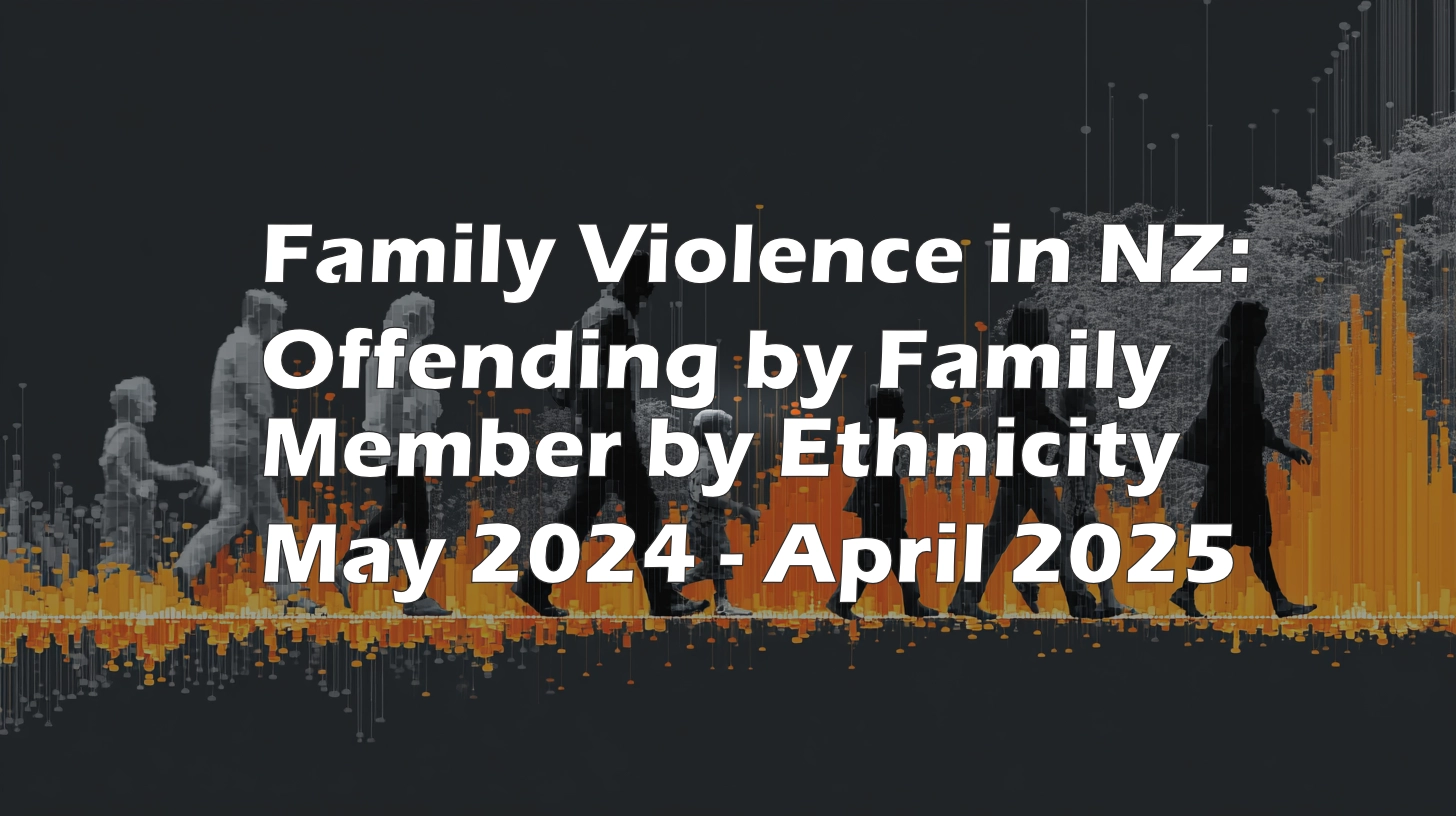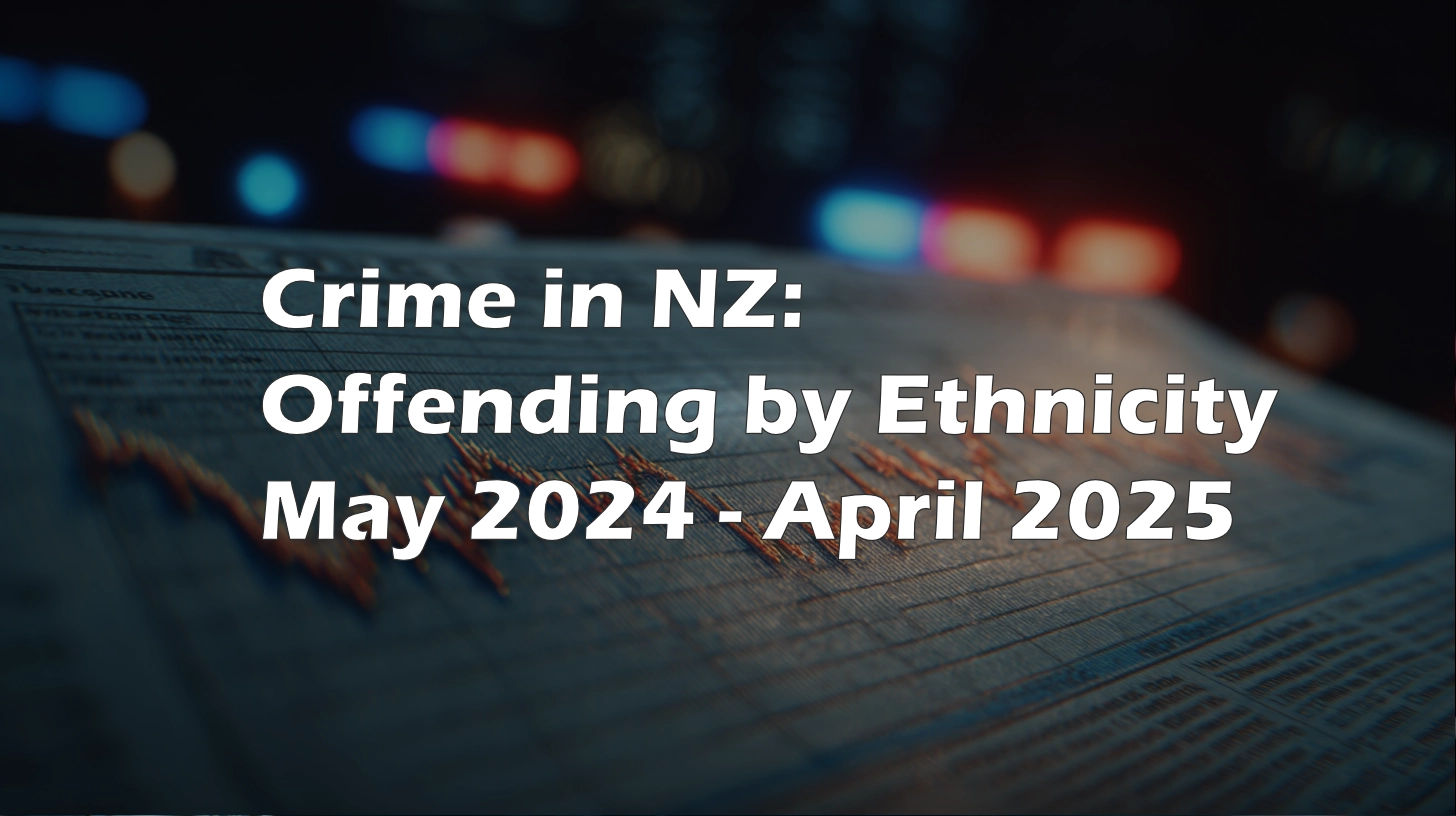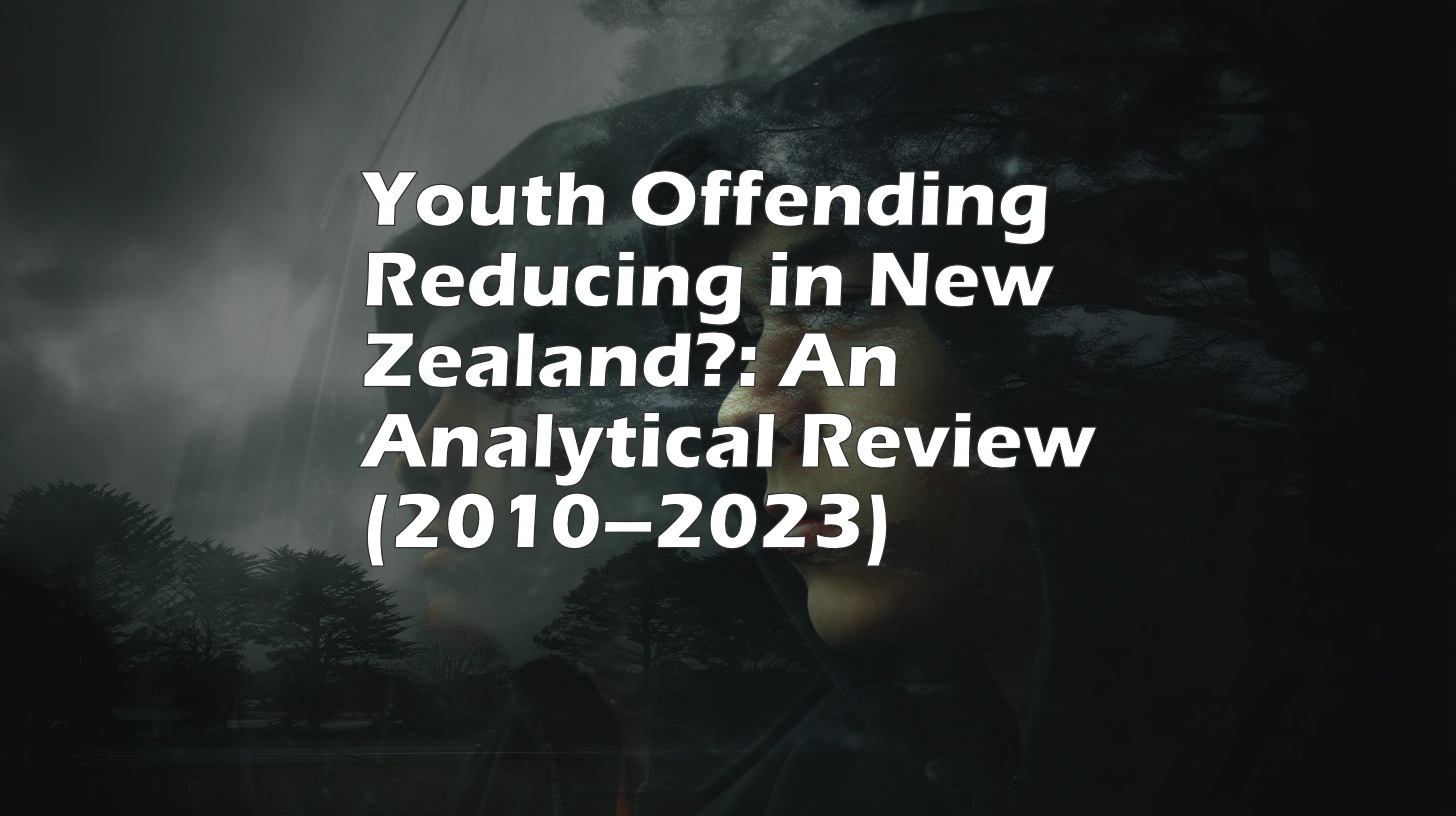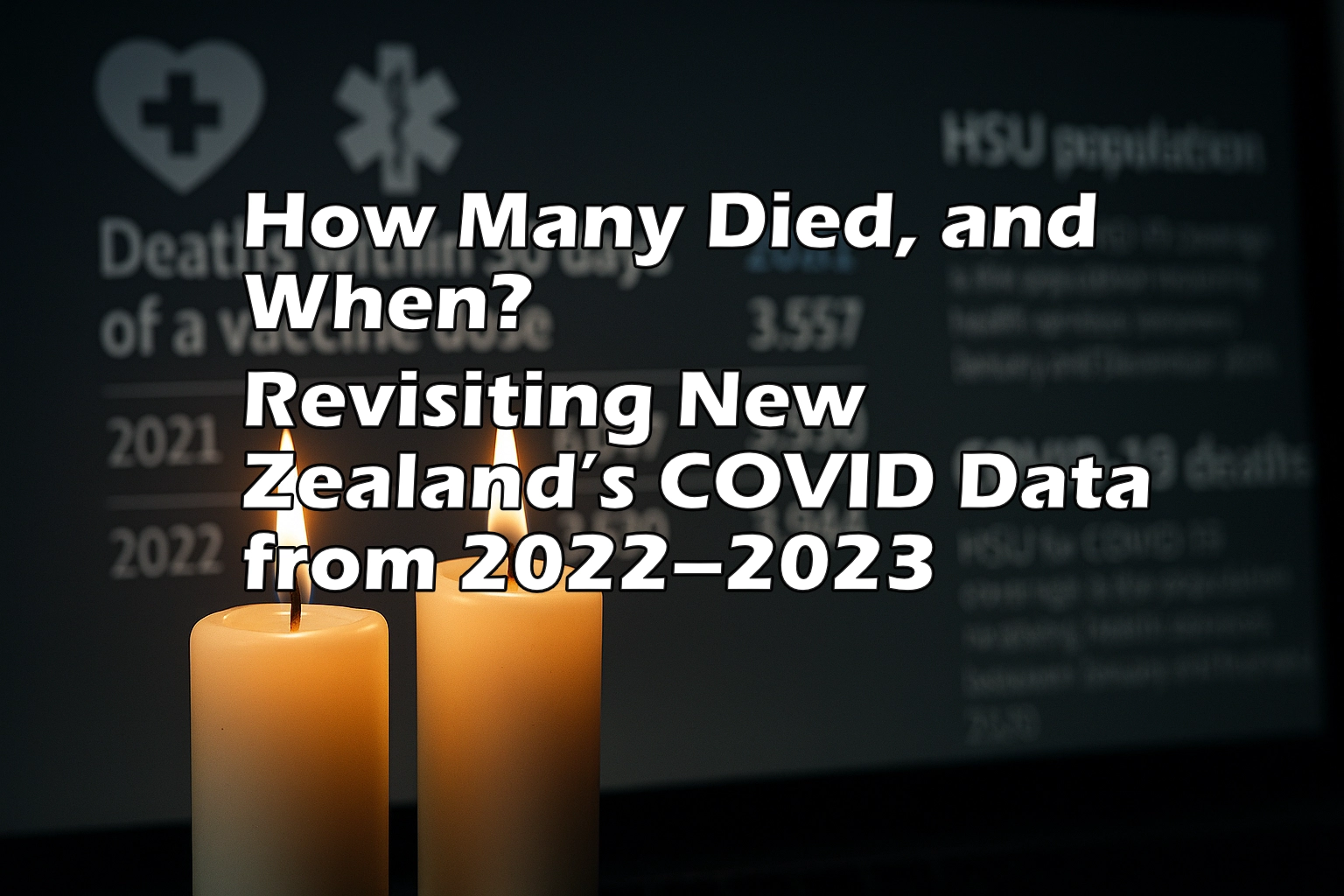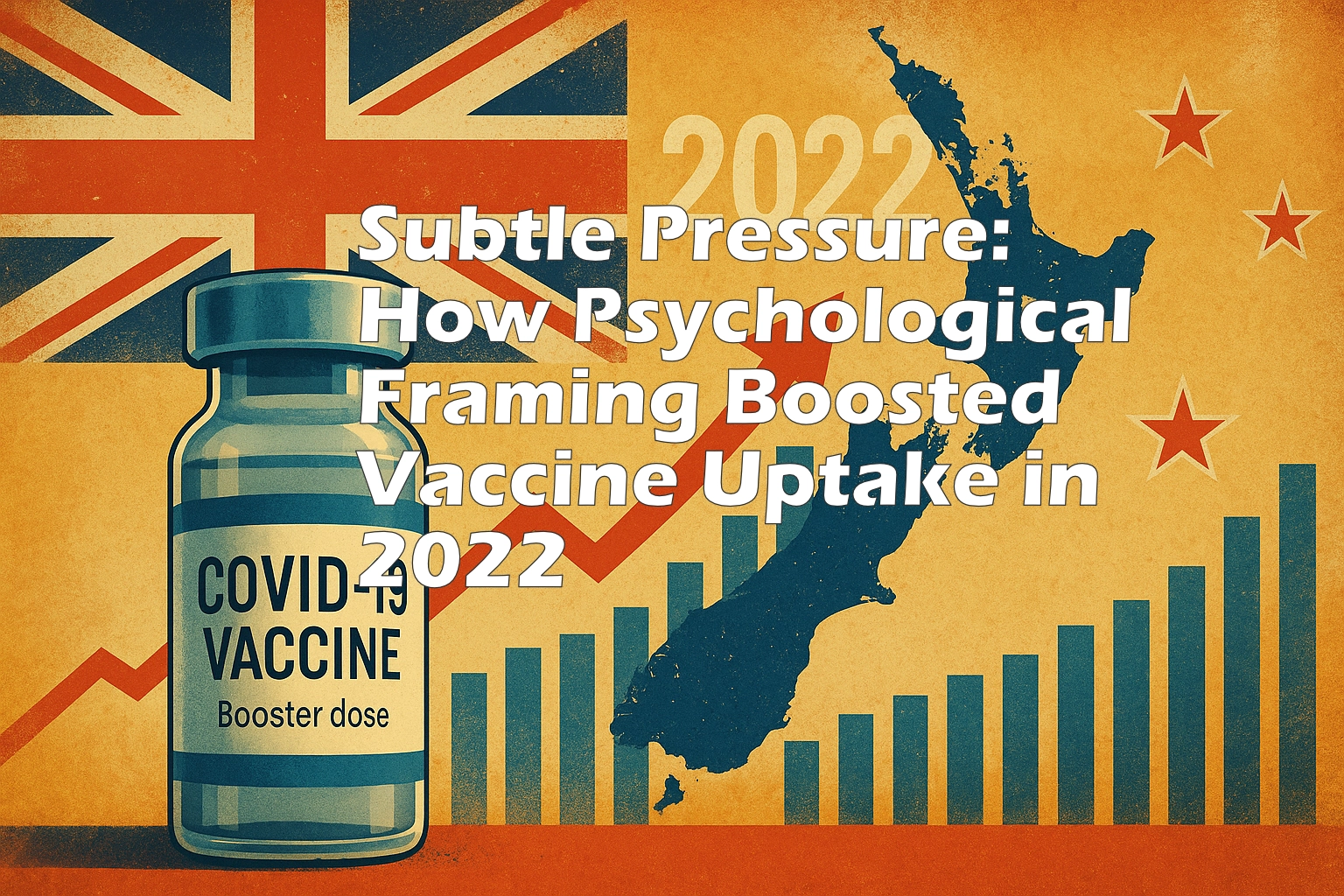New Zealand’s COVID-19 response in 2022 and 2023 combined public health policy with strategic behavioural messaging. From how deaths were counted to how risk was framed, the Ministry of Health (MoH) carefully curated the public narrative. While most of this was standard public health communication, some details — particularly around deaths following vaccination — were quietly collected but never publicly disclosed.
Data released under the Official Information Act (OIA) (also not widely published anywhere outside X) sheds light on what officials knew but didn’t share.
The Psychology of Risk: Framing Through Numbers
One of the most influential tools used throughout the pandemic was denominator choice. When presenting per-capita data for COVID-19 cases and outcomes by vaccination status, the MoH relied on the Health Service Utilisation (HSU) dataset, a subset of New Zealanders who had recent contact with the health system. This method dramatically reduced the size of the “unvaccinated” population, often excluding healthy, non-engaged citizens and new arrivals.
“We have used the HSU 2020 as a denominator for COVID-19 reporting… In August 2022, Te Whatu Ora moved to using HSU 2021.”
— Health and Independence Report 2021 (p. 60)
By doing this, per-capita hospitalisation and death rates for the unvaccinated appeared far higher — a powerful psychological nudge to motivate vaccination, even though the absolute numbers in that group were small.
Outcomes by Dose Count: HSU vs Total Population
Another key factor in New Zealand’s pandemic narrative was how outcome rates were calculated. The Ministry of Health regularly presented per-capita cases, hospitalisations, and deaths by vaccination status — but almost always using the Health Service Utilisation (HSU) population as the denominator.
This often made the unvaccinated appear dramatically worse off, as the HSU population excludes people who haven’t interacted with the health system recently — including younger, healthier, or marginalised individuals.
Here’s how outcomes looked depending on which population base was used:
| Dose Group | Cases per 100k (HSU) | Cases per 100k (Total Pop) | Hospitalisations per 100k (HSU) | Hospitalisations per 100k (Total Pop) | Deaths per 100k (HSU) | Deaths per 100k (Total Pop) |
|---|---|---|---|---|---|---|
| 0 Doses | 87,550 | 28,397 | 1,092 | 354.6 | 74.3 | 24.2 |
| 1 Dose | 46,000 | 17,000 | 700 | 200.0 | 45.0 | 16.0 |
| 2 Doses | 59,812 | 30,000 | 401.6 | 240.0 | 24.5 | 20.5 |
| Boosted | 39,251 | 25,174 | 138.1 | 125.3 | 49.5 | 44.6 |
The takeaway? The same data can tell two entirely different stories depending on the population denominator. The Ministry used HSU consistently for public reporting, a choice which had major implications for how risk was perceived and communicated.
COVID Deaths Were Counted Widely…
Throughout 2022 and 2023, COVID deaths were defined as any death within 28 days of a positive COVID test, whether or not COVID was the cause.
“All deaths where someone has died within 28 days of being reported as having a positive test result for COVID-19 are now reported.”
— Ministry of Health, Case Demographics
This framing ensured high visibility of COVID-related mortality and helped sustain urgency during periods of public fatigue. In total:
- 2022: 2,743 COVID-19 deaths (within 28 days)
- 2023: 3,944 COVID-19 deaths
- Combined total: 6,687
But no such reporting was made for deaths occurring within 28 days of vaccination — until an OIA request exposed it.
What Wasn’t Public: Post-Vaccination Deaths
The MoH maintained a detailed spreadsheet tracking all-cause deaths by time since last COVID-19 vaccine, including:
- Dose number
- Age group
- Month of death
- Time interval since last dose (e.g. ≤30, ≤90, ≤180, ≤365 days)
This information was never published during the pandemic, and stands in stark contrast to prior MoH statements:
“We do not hold information on the number of people who have died after receiving the COVID-19 vaccine.”
— MoH OIA Response, January 2021
In reality, they did.
Here’s what the data shows for deaths within 30 days of a COVID vaccine dose:
This wasn’t just data. It was messaging.
And now, with a clearer view of what was known behind the scenes, it’s fair to ask:
How might the public response have changed, if these numbers had been shared at the time?









